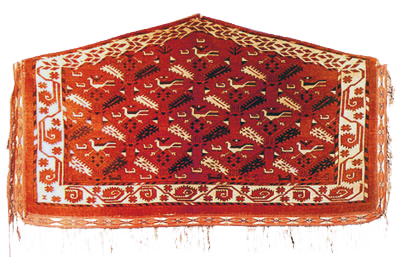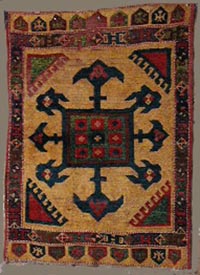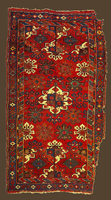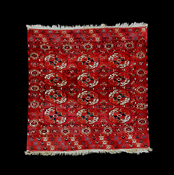When my wife and I lived in Brooklyn, New York, in the 1990’s many collectors and dealers came around to see us. I was known as a Turkoman connoisseur, collector, and writer. One very colorful visitor was Peter Saunders. Peter wrote a very nice book on tribal weaving, Saunders, Peter E. Tribal Visions , before most of us had ever given Oriental Rugs a second thought. Peter Saunders is a highly talented and brilliant rug scholar whose brilliance is sometimes overshadowed by his unconventional and somewhat eccentric joie de vie. Peter consulted to Christie’s on their rug catalogue for years and did a fine job in my opinion.






